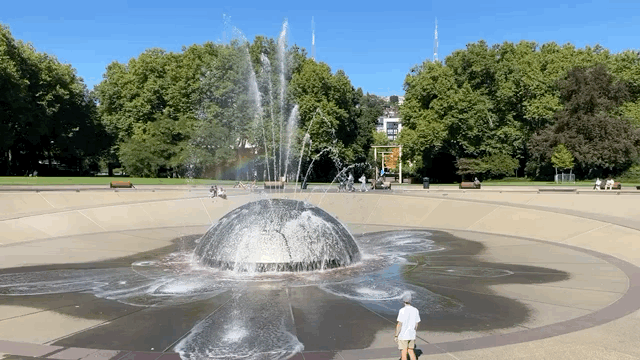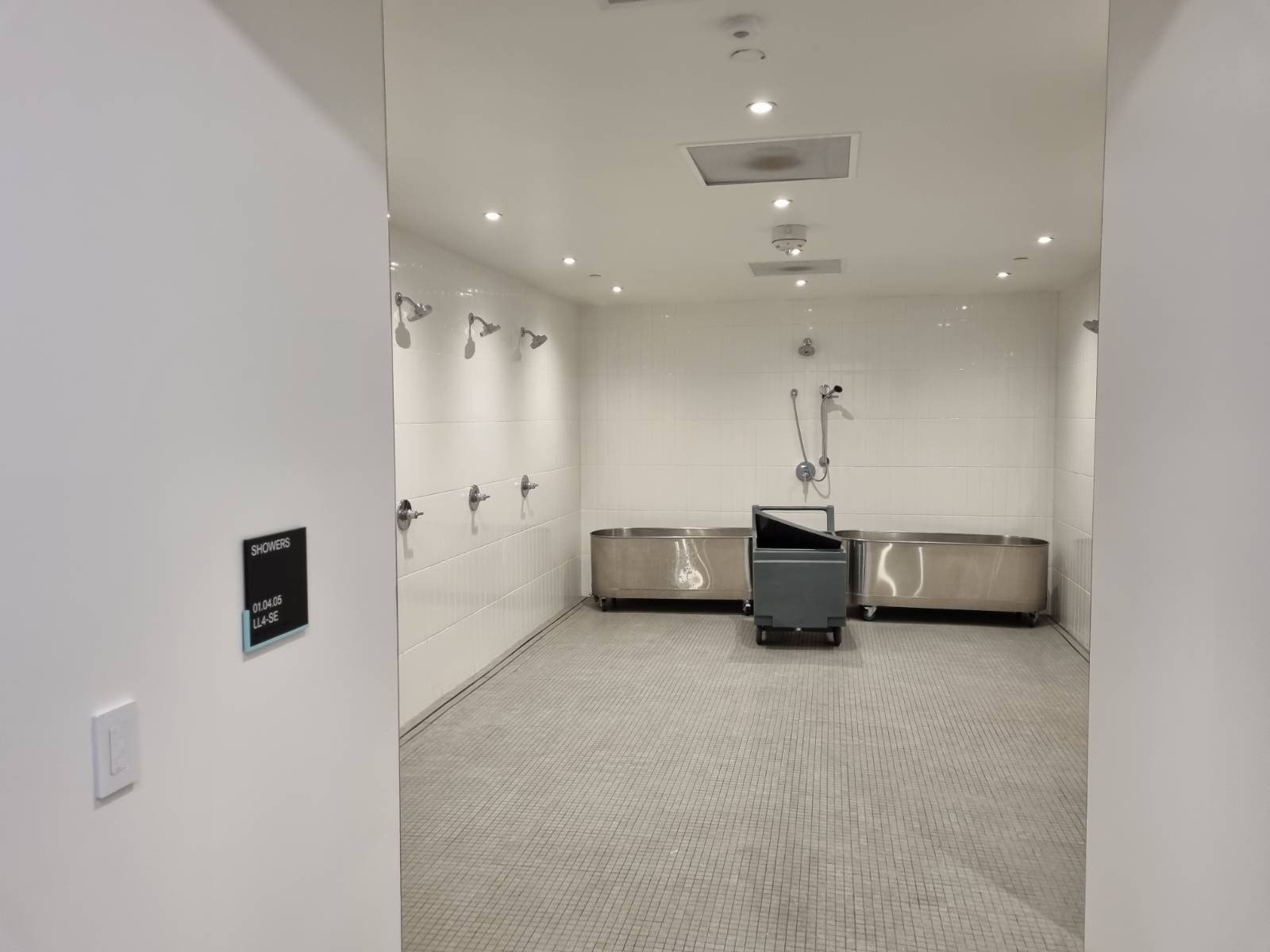Day 9: Seattle, WA
Welcome
Yesterday we played the first of two shows in Seattle, Washington.
I chose a breakfast spot yesterday based on proximity to the hotel, but it also had a respectable 4.7-star rating from 23 reviews on its Google Maps listing; Café An’Clair packed a hefty punch for a little wee café in the lobby of a business high-rise building. I ordered from their succinct menu the An’Clair Oatmeal with almond milk, a bowl of oats flavoured with maple syrup, almonds, cinnamon, brown sugar and salt, and topped with steamed almond milk.
The venue was walking distance from our hotel so in the early afternoon Tess and I made the journey on foot, heading west from our spot in South Lake Union to get to the Climate Pledge Arena in Uptown, and passing several magnificent objects on the way.
The first magnificent object I saw yesterday was Joeseph Mayer’s Magnificent Clock which stands proudly on the corner of Harrison Street and Dexter Ave, only a few blocks from our hotel. It’s not uncommon to see public, street-mounted clocks but the thing that makes Joseph Mayer’s example so special is the number of faces - four large faces for squinting at from across the street and four small faces for when you get up close.
The second object was the International Fountain built in 1962 for the Seattle World’s Fair. 56 micro shooters, 77 fleur-de-lis, 4 super shooters, and 137 mist nozzles are the tools at this fountain’s disposal and they can shoot or spray water in any conceivable direction or quantity. I thought that this description by the fountain’s architects Kazuyuki Matsushita and Hideki Shimizu was quite poetic so I’ve included it here:
From the beginning, we have set about this fountain design with a view to putting sole stress upon water itself — its shape and movement — without recourse to any sculpture or accessories. ... The water which springs up from each nozzle describes a primitive, ordinary parabola. But when the parabolas are varied and gathered methodically, it shows a mighty and bountiful spectacle. Furthermore lively feeling can be expressed in the swelling curved phases of water by opening and shutting nozzle cocks at different time lag. Such beauty and might are expressed only by means of water, which may be called, in its true sense of the work, a fountain.
The author gets a better look at the International Fountain.
Also completed in 1962 for the World’s Fair, the third magnificent object I saw was the Seattle Sky Needle. It was looking particularly striking in this bout of fine weather, the soaring tripod base and the hubcap design of its viewing decks making every other skyscraper look like an afterthought.
We arrived at the Climate Pledge Arena and couldn’t find a way in. After several minutes of searching on foot we were forced to open our phones and turn to the detailed set of instructions we had been sent. Most of the arena is actually underground and we located the entry a couple of blocks away, a large concrete tunnel that led deep into the bowels of the facility.
We made our way through a big carpark with several loading docks and then through a storage area where all the ice hockey goals and basketball hoops for the NHL and NBA games were neatly stacked. I should have probably guessed it but it turns out that this arena also dates back to the world fair of 1962. It has undergone a couple of extensive renovations since then, though, each of which dug deeper underground and expanded the seating capacity.
In the spirit of a multi-use facility we were equipped with a large locker room for our green room and we were pleasantly surprised that it didn’t possess the smell of sports. Just down the hall we had access to a communal shower room with a couple of metal tubs in case we needed to come off stage straight into an ice bath.
After thoroughly exploring the maze of tunnels around this facility we escaped back into the warmth of the afternoon sun, heading just up the road to the studios of KEXP, Seattle’s non-commercial indie and alternative radio station. A small collection of artifacts and photos were on display in their foyer; all things telling the story around the creation of the two albums that this tour is celebrating.
Some of the demo CDs exchanged by Ben Gibbard and Jimmy Tamborello while they were making the Postal Service record.
Later that night the albums were thoroughly celebrated by 14,000 Seattleans assembled inside the Climate Pledge Arena. I have never before seen a crowd react with the energy and passion that I saw last night when hometown heroes Deathcab for Cutie finished performing Transatlanticism. They were served a long and deafening applause by a city that was the birthplace of this music and proudly claims this band as their own.











